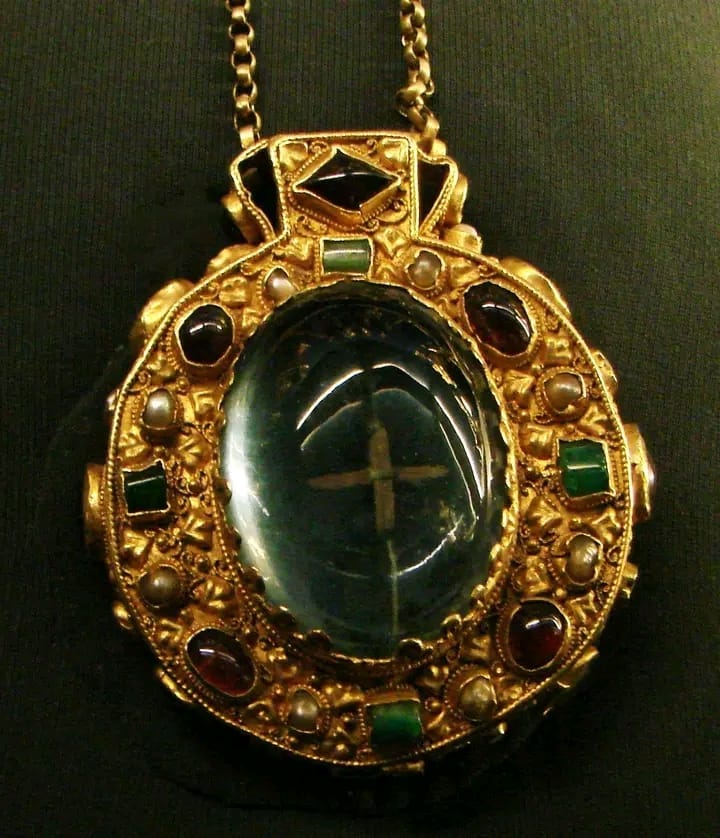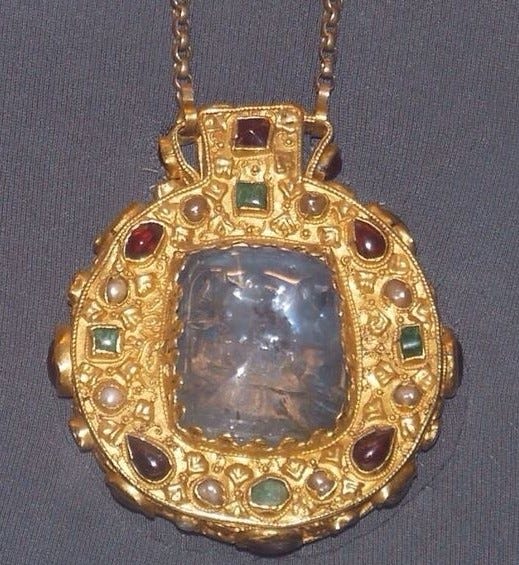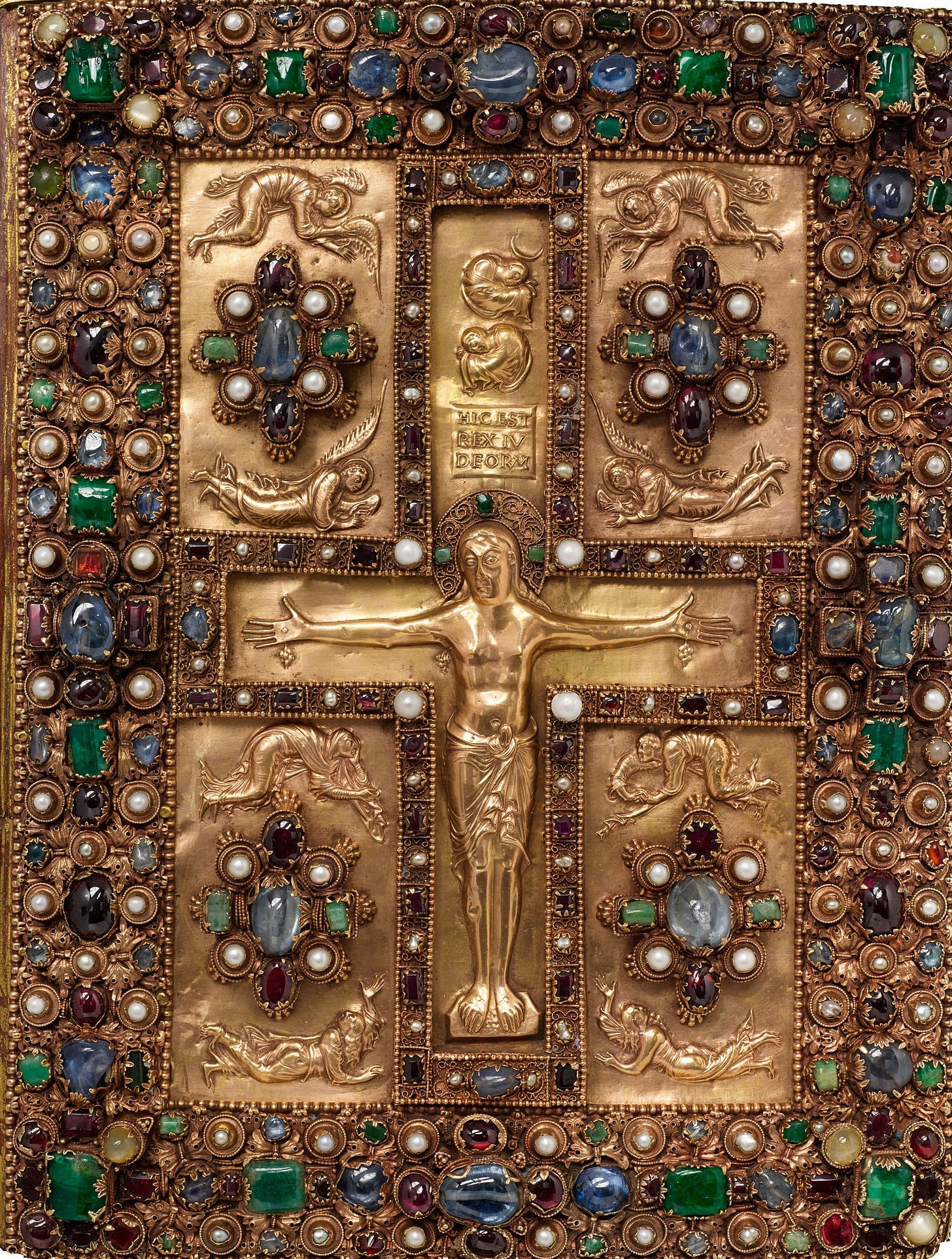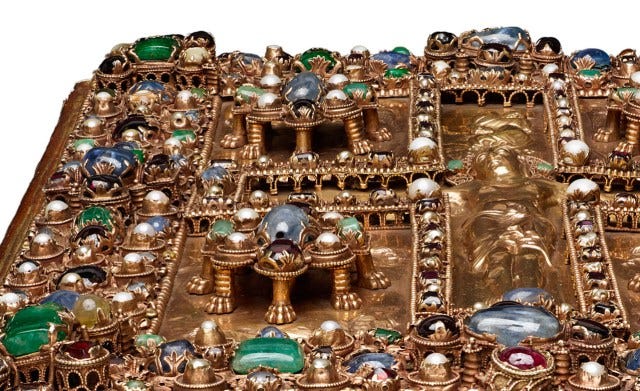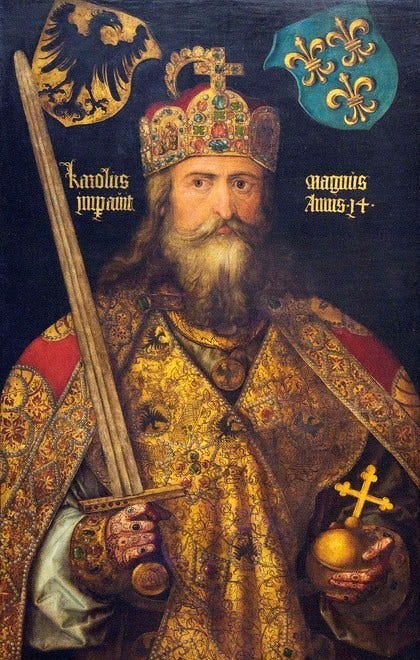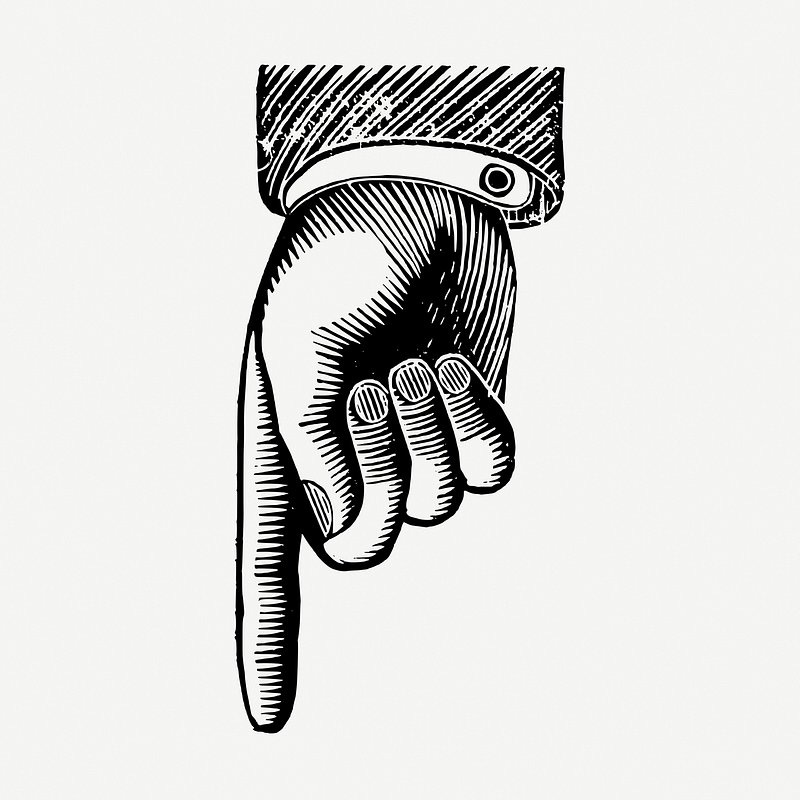Friday post: Imperial bling, the jewelled wonders of the Carolingian and Ottonian
A walk around Bolsena's ancient church of the martyr St. Christina & the miracle that prompted the Feast of Corpus Christi
From Carolingian to Ottonian
In the briefest possible nutshell so we can get to the bling right away, Ottonian art flourished in the 10th and early 11th centuries under the Ottonian dynasty in what is now Germany. And it was some spectacular stuff, especially in metal work and jewellery. The Ottonian dynasty immediately followed the Carolingians. After the decline of the Carolingian Empire, Otto I was crowned in 962, marking the transition from Carolingian to Ottonian rule.
The Ottonian art style evolved directly out of Carolingian, continuing to blend classical Roman, Byzantine, and early western Christian influences - especially Insular and Hiberno-Saxon styles - with a renewed emphasis on religious and imperial themes. Ottonian art is all about richly decorated manuscripts, intricate metalwork, and monumental architecture, serving both as a continuation of earlier traditions and a precursor to Romanesque art.
You guys need to see this stuff…
When we think of medieval manuscripts or treasure, what comes to mind? Filigree goldwork, cabochon jewels, carved ivory - heavy tomes covered in gold and metal work encrusted with gems? Something straight out of a fairy tale.
That’s Carolingian and Ottonian book covers, jewellery and decorative gold and enamel work. We saw a bit of it the other day with the Golden Altar of Sant’Ambrogio in Milan, but there’s so much more.
The Talisman of Charlemagne:
If you’re looking for the perfect McGuffin for your next Dan Brown/Indiana Jones fantasy archaeology adventure movie, look no further than this thing:
A precious pendant from 9th Century AD, in filigreed gold, an oval sapphire cut into a cabochon, through which a relic can be seen and with 53 precious stones including pearls, garnets, amethysts and emeralds, is not just any jewel but the Talisman of Charlemagne, given to him by Caliph of Baghdad Harun al-Rashid. Charlemagne was buried with it still on his chest.
In 1000 AD, Otto III (980-1002 AD), Emperor of Holy Roman Empire, had tomb opened and took possession of talisman. Then for centuries, it remained in cathedral of Aachen until in 1804, bishop donated it to Josephine Beauarnhais, wife of Napoleon I.

Josephine, upon her death, left it to her daughter Ortensia who gave it to her son Napoleon III, whose wife Eugenia kept it, finally donating it to Cathedral of Reims where it is still exhibited in Tau Palace, France.
Island metalwork influences:
Our islands were where it was at for snazzy metalwork and gold bling for a thousand years. Then the call came from Charlemagne that he was getting a band together in Aachen…
Interlace and Geometric Patterns:
The use of complex interlace and geometric designs in Hiberno-Saxon metalwork greatly influenced Carolingian and, subsequently, Ottonian art. These motifs, often seen in Insular manuscripts like the Book of Kells, were adapted into metalwork and became a hallmark of Carolingian and Ottonian decorative arts.
Techniques:
Granulation: This technique, where tiny gold beads are applied to a surface, was used extensively in Insular metalwork. It continued in Carolingian and Ottonian art, though these later periods often incorporated larger gemstones and more elaborate settings.
Enamel Work: The Insular tradition of cloisonné and champlevé enamel, where coloured enamel is applied within gold or silver compartments, influenced the rich enamel decoration seen in Carolingian and Ottonian metal objects, such as reliquaries, crosses, and book covers.
Integration of Christian Iconography:
Hiberno-Saxon metalworkers often combined pagan and Christian symbols, a tradition that was carried into Carolingian and Ottonian art, where Christian iconography was deeply integrated into the decorative schemes, blending the ornate Insular style with the classical motifs revived by the Carolingians and Ottonians.
The Lindau Gospels
Late 9th-century, a masterpiece of Carolingian metalwork, featuring a central figure of Christ surrounded by angels and saints, with gold, pearls, precious stones, and elaborate cloisonné enamel.
A composite work with elements from different periods and different parts of the Empire. The manuscript was completed in the Abbey of St. Gall and came to the Abbey of Canonesses at Lindau until the early 17th century.

The inside isn’t bad either…
Cross of Essen

Considered one of the masterpieces of Ottonian goldsmithing, it is decorated with doubled filigree, gemstones, pearls arranged in the shape of crosses and an ancient cameo.
The Kunigunde Crown


Imperial Crown Western Germany
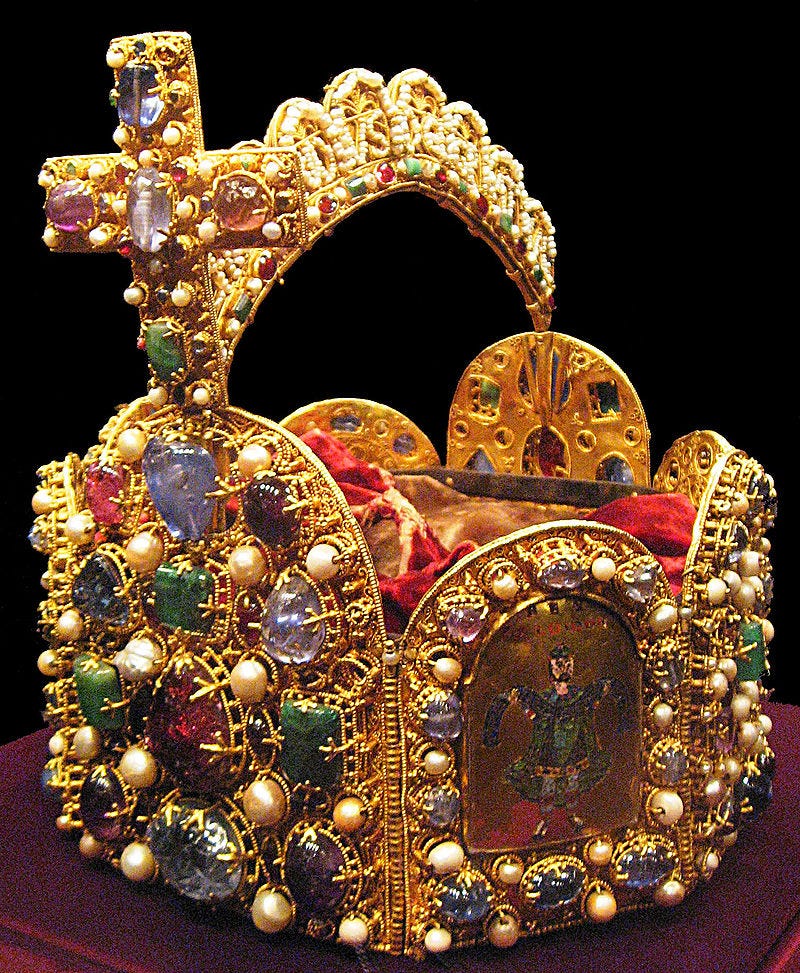
The Spiritual Life and Prayer According to Holy Scripture and Monastic Tradition
Our paid subscriber chat is becoming a great way to keep up with regular “lectio divina” or spiritual reading for the people participating. Each week I start the conversation by writing down a few of my own thoughts on the insights from the great Benedictine spiritual writer, Abbess Cecile. That gets sent to all the paid members as an email, which includes a link to where anyone can hop in and read all the comments and add a few more. It’s turning into a really fruitful discussion on the classical principles of the Catholic spiritual life.

We’re working our way through this classic book on Benedictine spirituality at different paces, but mostly slowly, as the Rule of St. Benedict suggests.
If you’ve always felt as though you don’t know enough about the interior life, the pursuit of divine union with God, you’re definitely not alone. We’re in the chat talking about it and how we can better integrate prayer into our lives.
(If you’ve received the email but can’t find the link to the chat, or there’s any other problem, let me know in the comments.)
I hope you’ll subscribe
The little blurb above the subscription button always reads something like: “The Sacred Images Project is a reader-supported publication, which means there’s no annoying ads BUT also no advert revenue to keep the lights on and the kitties fed.”
But I think maybe people don’t realise that I mean this literally. What I earn on this site, plus monthly patronages through my studio blog and occasional sales of paintings and prints, makes up my entire income.
We’re ahead since last April, but I’m still only covering expenses. Maybe because it’s summer and everyone’s gone on holiday, paid subscriptions have largely dried up between late July and August.
I’ve got high hopes for this project, to expand to include other writers, to develop podcasts and keep working on those homeschool mini-courses. I hope you’ll come along.
Subscribe to join us below the fold today to see some videos and photos of our day trip to visit the church of 3rd century martyr St. Christina in Bolsena, a beautiful lake town here in central Italy. I’m including today a little gift of a downloadable high resolution PDF image from one of the frescos there.

Feel free to also take a browse around my shop, where you can buy prints of some of my drawings and paintings and other items, by clicking here:
If you prefer, instead of subscribing on Substack, you can set up a monthly patronage for an amount of your choice on the studio blog, “Hilary White: Sacred Art”. Anyone taking out a patronage for $9/month or more will of course also get a complimentary paid membership here. Subscriptions through Ko-fi help me a lot because they are not subject to Substack’s 10% fee.
Join us below.





